How These 10 Well Known Flowers Got Their Names?
Ever wonder why a Lilac is called a Lilac or a Hyacinth a Hyacinth? See if you know how these ten flowers got their names.
1. Begonia
The flower, “Begonia,” is named for Michel Begon, an official in French King, Louis XIV’s court and later governor of Canada.
2. Camellia
The flower, “Camellia,” is presumed to be named after the “Lady of the Camellias,” a 19th century French courtesan and the heroine of Dumas’ novel.
3. Foxglove
The botanical name of the tall, slender flower, “Foxglove,” is “Digitalis.” It’s named for the Latin word, “digitus,” which means “finger.”
4. Daffodil
Narcissus, another name for a Daffodil, is named for the Greek God who was exquisitely beautiful, saw his image in a pond, and fell in love with it, forsaking all others.
5. Lilac
The “Lilac” bush is named for the Persian word for “blue.” Today, Lilacs are available in white, purple, and magenta as well as blue.
6. Hyacinth
Hyacinth is named for a Greek legend. He was a beautiful boy, adored by the God, Apollo. When he was killed, the flower sprung up in his place as a memorial to him.
7. Lupine
Lupines, prevalent in the western U.S., are named for the Latin word for “wolf.” It was originally thought to be a predator, just like the wolf.
8. Primrose
The Primrose, that colorful, early spring bloomer, is named after the Latin words for “first rose” because it appears so early in the season.
9. Hydrangea
A large Hydrangea bush will drink up to twelve gallons of water per day. That’s why it’s named from the Greek word for water, “hydro.”
10. Marigold
The popular, sun-loving, annual Marigolds are named after the Virgin Mary. They were once popular as altar flowers during mass.

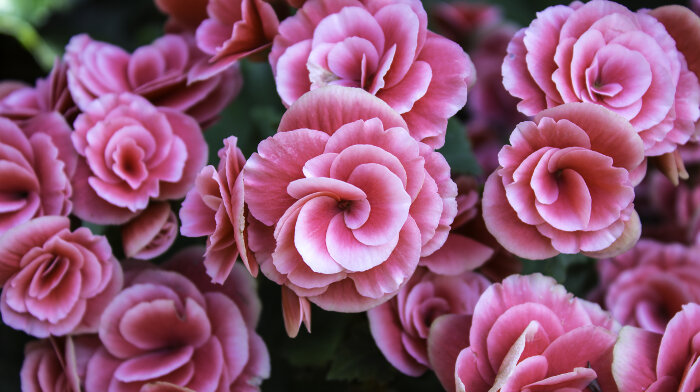
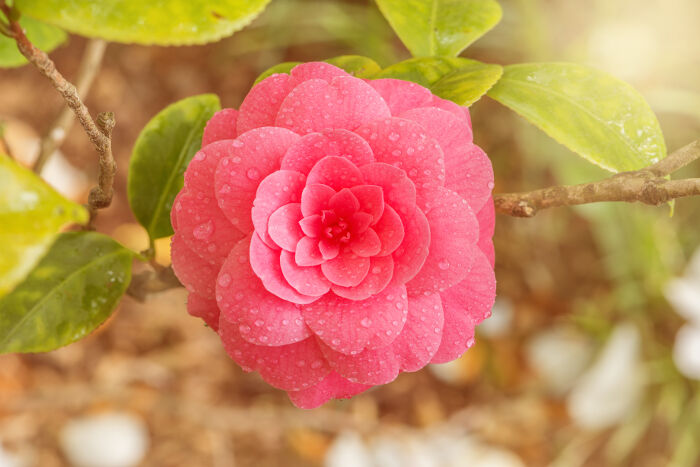
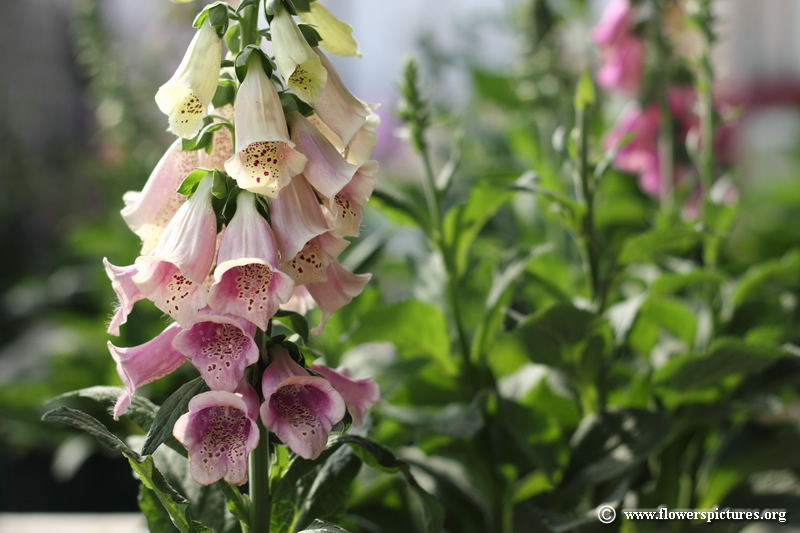

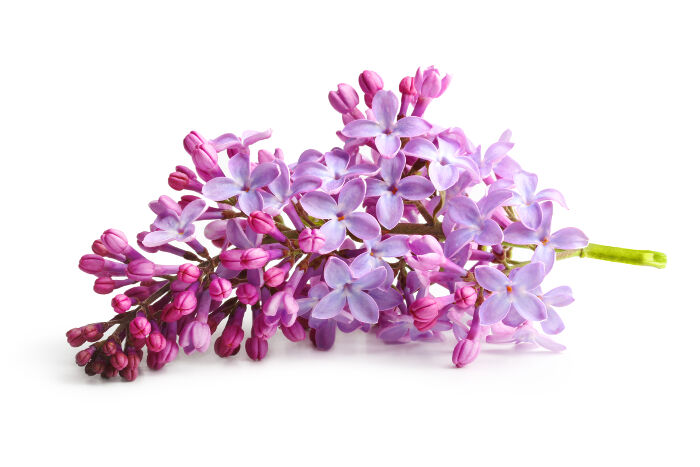
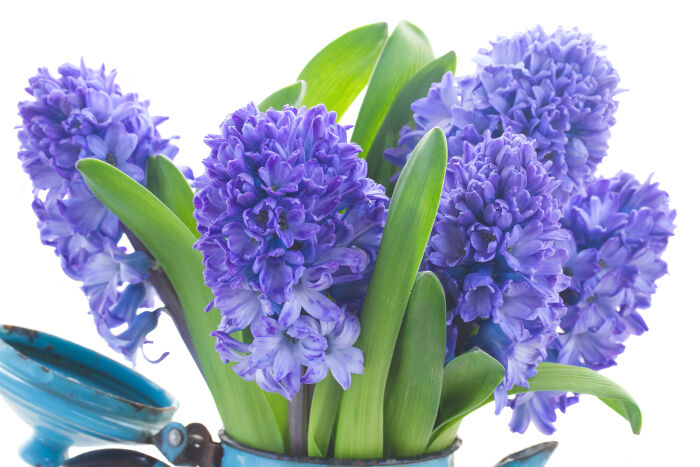
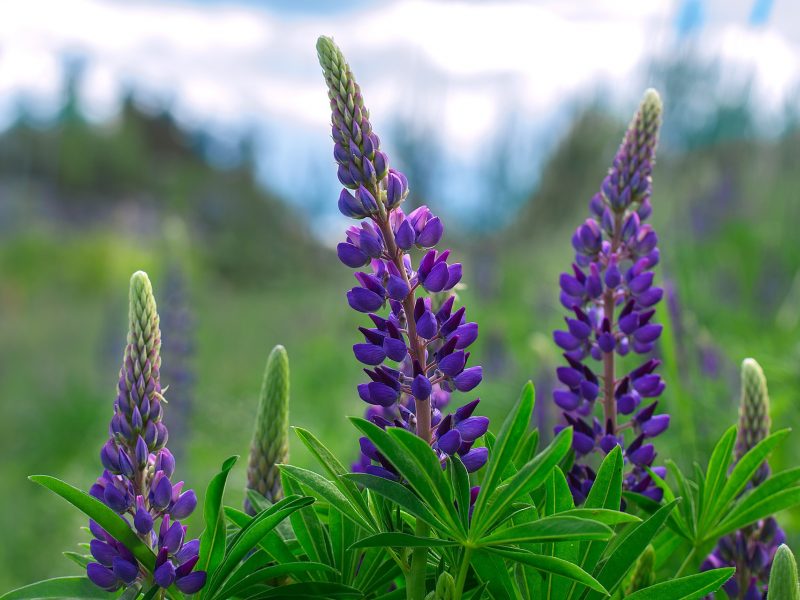
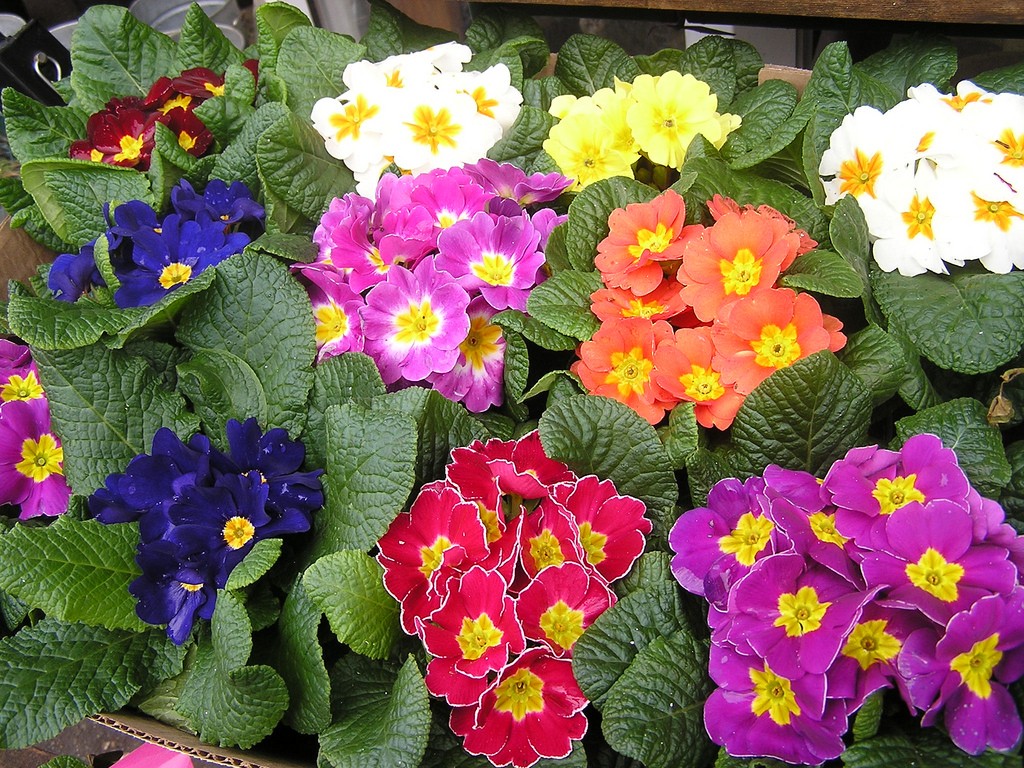


Comments are closed.